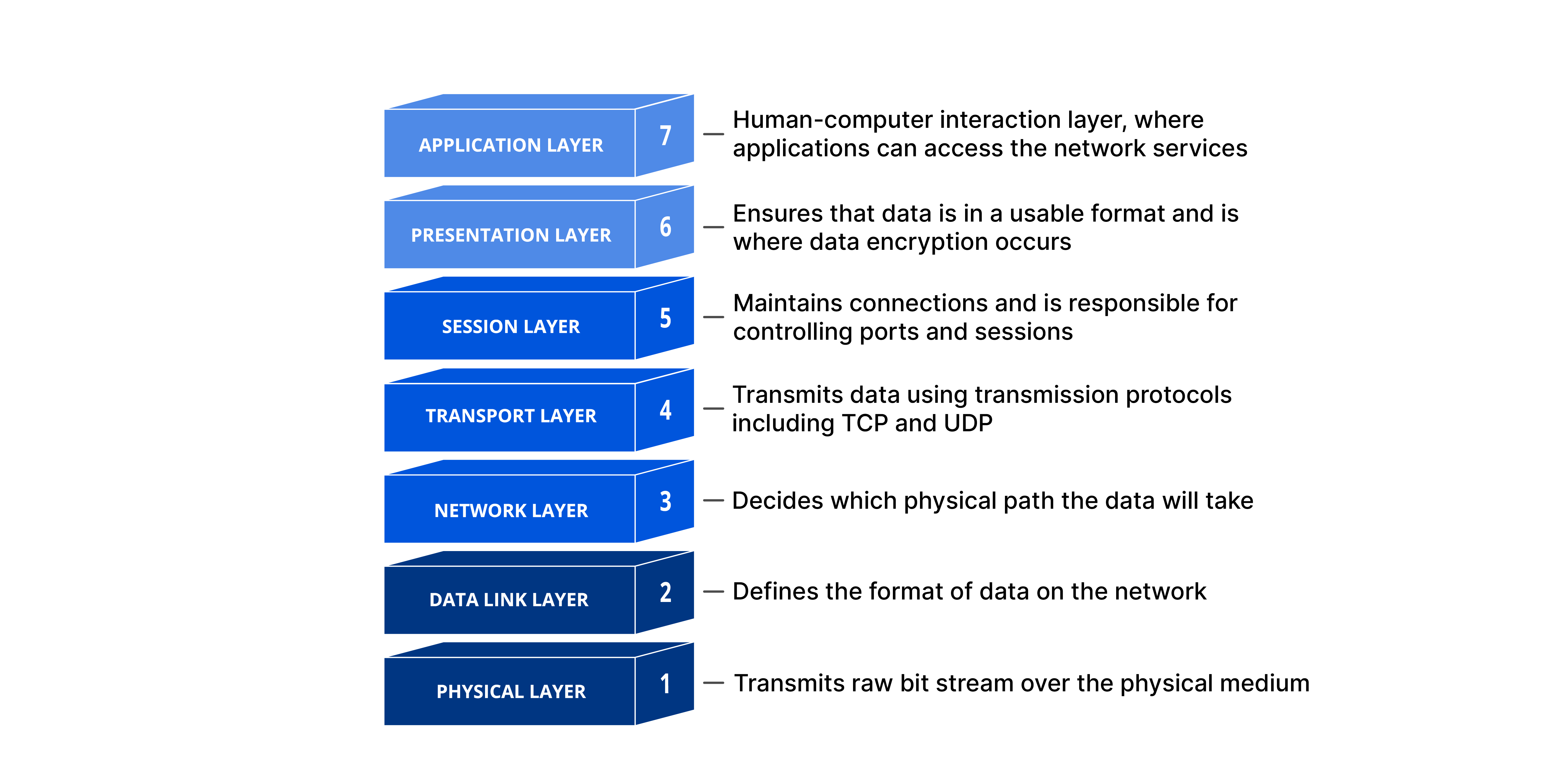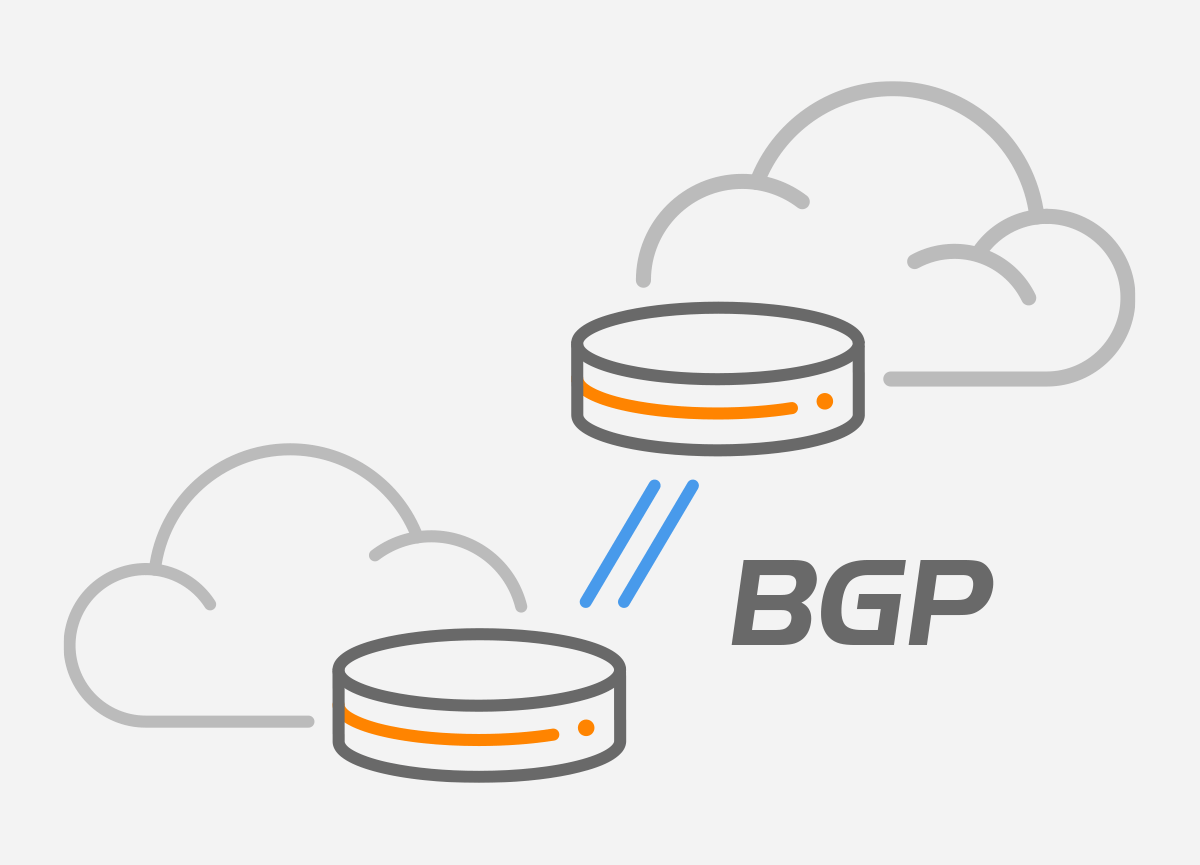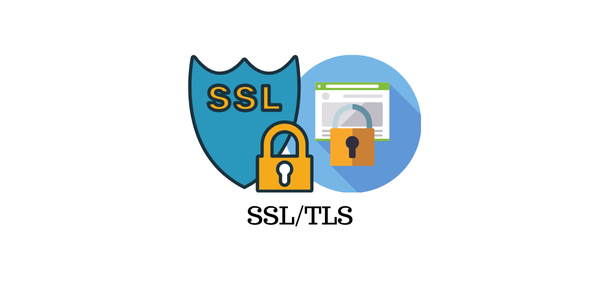In the realm of networking, understanding how data travels from one device to another is crucial. The Open Systems Interconnection (OSI) model, developed by the International Organization for Standardization (ISO), provides a framework for this understanding. By breaking down network communication into seven distinct layers, the OSI model helps network professionals and developers comprehend and troubleshoot the intricate processes involved in data transfer. In this blog post, we'll explore each of these layers, highlighting their roles and importance.
The OSI Model: An Overview
The OSI model is a conceptual framework that standardizes the functions of a telecommunication or computing system into seven distinct layers. These layers are:
- Physical Layer
- Data Link Layer
- Network Layer
- Transport Layer
- Session Layer
- Presentation Layer
- Application Layer
Let's delve into each layer and understand their unique responsibilities.
Layer 1: Physical Layer
Function
The Physical Layer is the foundation of the OSI model. It handles the physical connection between devices and the transmission and reception of raw binary data over a physical medium. This layer encompasses the hardware aspects of networking, such as cables, switches, and network interface cards.
Key Responsibilities
- Defines the hardware specifications for devices and media
- Manages data encoding and signaling
- Controls data transmission rates
- Ensures the physical connection is maintained
Layer 2: Data Link Layer
Function
The Data Link Layer is responsible for establishing a reliable link between two directly connected nodes. It manages data frames between the network layer and the physical layer, ensuring error-free transmission through error detection and correction techniques.
Key Responsibilities
- Framing: Encapsulates network layer data into frames
- Error Detection and Correction: Identifies and corrects errors in transmitted frames
- Flow Control: Manages the rate of data transmission between devices
- Media Access Control (MAC): Controls how devices on a network gain access to the physical medium
Layer 3: Network Layer
Function
The Network Layer is responsible for routing data packets between devices across different networks. It determines the best path for data to travel from the source to the destination, ensuring that packets are delivered efficiently and accurately.
Key Responsibilities
- Logical Addressing: Assigns IP addresses to devices
- Routing: Determines the optimal path for data to reach its destination
- Packet Forwarding: Forwards packets based on their IP addresses
- Fragmentation and Reassembly: Divides large packets into smaller ones and reassembles them at the destination
Layer 4: Transport Layer
Function
The Transport Layer ensures reliable data transfer between devices by providing end-to-end communication. It manages data flow control, error detection, and recovery, ensuring that data is delivered accurately and in the correct order.
Key Responsibilities
- Segmentation and Reassembly: Divides data into segments and reassembles them at the destination
- Error Detection and Recovery: Detects errors and retransmits lost or corrupted segments
- Flow Control: Manages the rate of data transmission to prevent congestion
- Connection Management: Establishes, maintains, and terminates connections
Layer 5: Session Layer
Function
The Session Layer manages and controls the dialogue between two devices. It establishes, maintains, and terminates communication sessions, ensuring that data exchange occurs smoothly and efficiently.
Key Responsibilities
- Session Establishment: Initiates and sets up communication sessions
- Session Maintenance: Keeps the session active and manages data exchange
- Session Termination: Ends the communication session when it's no longer needed
- Synchronization: Adds checkpoints to manage long data transfers
Layer 6: Presentation Layer
Function
The Presentation Layer is responsible for translating data between the application layer and the lower layers. It ensures that data is in a usable format and handles data encryption, compression, and translation.
Key Responsibilities
- Data Translation: Converts data formats for compatibility between different systems
- Data Encryption: Secures data by encrypting it for transmission
- Data Compression: Reduces the size of data to improve transmission efficiency
Layer 7: Application Layer
Function
The Application Layer is the closest layer to the end user. It provides network services directly to applications and facilitates interaction between software applications and the network.
Key Responsibilities
- Network Services: Provides services such as email, file transfer, and web browsing
- Application Interfaces: Facilitates communication between software applications and the network
- Data Representation: Ensures that data is presented in a format understandable by the end user
Practical Applications of the OSI Model
Troubleshooting Network Issues
When diagnosing network problems, the OSI model provides a systematic approach. By analyzing each layer individually, network administrators can isolate and address issues more effectively. For example:
- Physical Layer: Ensure cables and hardware are properly connected and functioning.
- Data Link Layer: Verify that devices are correctly recognized and frames are being transmitted without errors.
- Network Layer: Check routing tables and IP configurations to ensure proper path selection.
- Transport Layer: Look for issues with TCP/UDP protocols, such as dropped packets or connection timeouts.
- Session Layer: Ensure that sessions are correctly established and maintained.
- Presentation Layer: Confirm data is correctly encrypted/decrypted and properly formatted.
- Application Layer: Ensure that the application services and interfaces are functioning as expected.
Network Design and Implementation
The OSI model aids in the design and implementation of complex network systems. By understanding the functions of each layer, network architects can create more efficient, scalable, and secure networks. For example:
- Layer 1: Selecting appropriate physical media (e.g., fiber optics, copper cables) for specific needs.
- Layer 2: Implementing VLANs and MAC address filtering for improved network segmentation and security.
- Layer 3: Configuring routers and IP addressing schemes to ensure optimal routing and reachability.
- Layer 4: Using load balancers and traffic management tools to enhance reliability and performance.
- Layer 5: Managing session persistence for applications that require continuous communication.
- Layer 6: Implementing encryption and compression to secure and optimize data transfer.
- Layer 7: Ensuring application protocols (e.g., HTTP, FTP) are properly configured and secured.
Security Enhancements
Each layer of the OSI model offers opportunities to enhance network security:
- Physical Layer: Implementing physical security measures, such as locking server rooms and securing network devices.
- Data Link Layer: Using MAC address filtering and secure Wi-Fi protocols (e.g., WPA3) to prevent unauthorized access.
- Network Layer: Configuring firewalls and using VPNs to protect data as it traverses the network.
- Transport Layer: Employing secure transport protocols like TLS/SSL to encrypt data in transit.
- Session Layer: Monitoring and controlling session initiation and termination to prevent unauthorized sessions.
- Presentation Layer: Implementing robust encryption standards to protect sensitive data.
- Application Layer: Ensuring that applications follow secure coding practices and that services are properly authenticated and authorized.
Conclusion
The OSI model remains a foundational concept in networking, providing a clear and structured approach to understanding how data is transmitted across a network. By breaking down the complexities of network communication into seven distinct layers, it offers valuable insights and tools for network design, troubleshooting, and security.
Whether you're configuring a small home network or designing a large-scale enterprise infrastructure, the OSI model serves as an indispensable guide. Embracing its principles not only enhances your technical proficiency but also equips you to tackle the ever-evolving challenges of the digital age.
By mastering the OSI model, you gain a deeper appreciation for the intricate processes that enable our interconnected world, ensuring that you are well-prepared to contribute to the robust and reliable networks of tomorrow.







